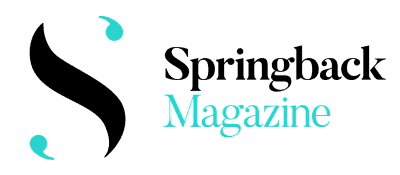The run-up
‘Please note that Phoebe Waller-Bridge is currently unavailable for interview.’
So reads a line at the bottom of 2021’s Edinburgh festival fringe launch release. Waller-Bridge, star of the hit TV series Fleabag and who first performed the theatrical version at the Fringe in 2013, was announced as the first president of the Fringe Society – the administrative body which facilitates the fringe – in February 2021. As I comb through a mixture of online and live listings, in newly Covid-safe venues by artists who have been out of action since August 2019, I wonder if I would have wanted to interview Waller-Bridge… An interview with a celebrity figurehead, albeit a Fringe success story, is not the festival experience I’m hunting for.
In pre-pandemic times, the Edinburgh festivals (including but not limited to the Edinburgh Fringe) were both all-consuming and interior, the city likewise transformed by them even though the performance areas remain stubbornly localised. If you’re in it, your world morphs into early press calls, bad late-night comedy shows and last-minute dashes to the Next Big Thing. Even though it is a tiny percentage of the overall programme, there is a comparative glut of dance, a descending of international companies and experimental work from abroad that doesn’t often make it past London.
If you’re out of it, though, it can completely pass you by. This feels particularly exacerbated by the pandemic this year: preview nights are replaced by on-demand shows, eager flyering teams by (environmentally friendly) QR codes, and spontaneity by even more limited and socially distanced seats (the bubbles of ‘one’ ominously circled in red).
Going out
Edinburgh itself becomes more of a stage. MultiStory, a collaboration between the venues ZOO, Gilded Balloon, Traverse Theatre and Dance Base, is a new, specially constructed outdoor stage dramatically erected under Edinburgh Castle.
Here I catch Ben Okri & Charlotte Jarvis’ Starting From First Position. Using dance and words, poet Okri and dancer Jarvis move through a series of musings on responsibility, action and creativity, particularly in relation to the climate crisis. They dip into each other’s worlds with sensitivity and a certain amount of success: dancing with precise idiosyncrasy, Jarvis speaks crisply and with direction, while Okri has a vigour in his movements across the stage. Starting From First Position, though, remains a series of questions: emphatically asked but not answered.










